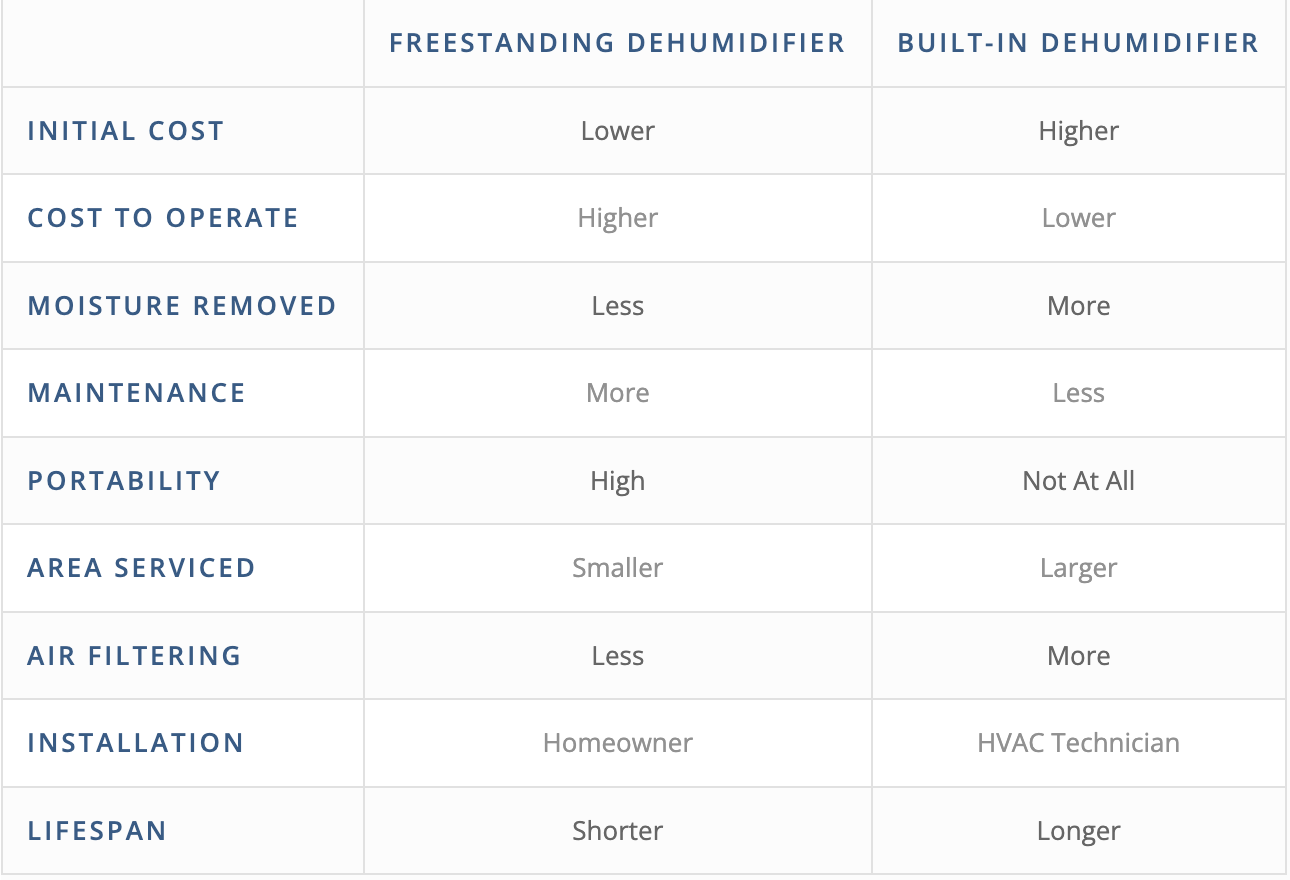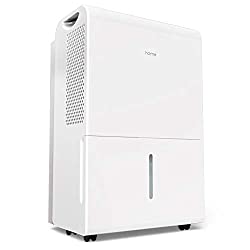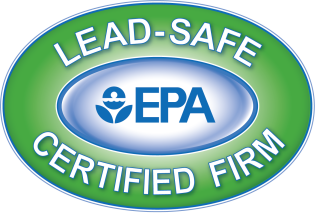Once you have decided that a dehumidifier is right for you, how do you choose between a built-in unit, also called a whole-house or inline dehumidifier, or a freestanding unit? We explain the differences and tell you what you need to know to make the right choice among dehumidifiers.
DISCLAIMERS:
Blog information is NOT intended to provide or replace medical advice. NO information on this site should be used to diagnose, treat, prevent or cure any disease or condition.
*As an Amazon Associate we earn from qualifying purchases.
Suggestions for products to use are just that, suggestions. You know yourself and your home best. Please do your own research on any product you use in your home or on your skin, and learn all the facts for yourself. Thank you.
HOW DO DEHUMIDIFIERS WORK?
A fan pulls moist air into the unit, and through cold compressor coils. The moisture condenses onto the coils and drips down into a drip pan. The pan drains into the water tank. The air continues through the unit and is moved across hot compressor coils which further dry the air. Then the fan blows the warm, dry air out of the unit. (See image above.)
WHAT’S THE DIFFERENCE BETWEEN FREESTANDING AND BUILT-IN DEHUMIDIFIERS?
The following chart highlights the differences between freestanding and built-in dehumidifiers to help you make the right choice for your specific application. Later in the post, we describe all the details of each type of humidifier.
FREESTANDING DEHUMIDIFIERS
A freestanding dehumidifier is one that can be easily moved from room to room, typically weighs less than 75 pounds, and plugs into any normal receptacle supplying 120 volts. Freestanding dehumidifiers are normally controlled with a digital relative humidity setting or a dial that reads dry to wet. An onboard reservoir fills with water as the air is dried. The units will cut off once the reservoir is full and must be manually emptied. Freestanding dehumidifiers can be configured to gravity drain or fitted with a pump for automatic emptying of the reservoir. Ideally, humidity in your home should be lower than 55% (30 to 50 percent being optimal) to prevent mold from growing.
BUILT-IN DEHUMIDIFIERS
Built-in dehumidifiers are installed in line with the HVAC system utilizing the existing return and supply ducts and the air handler’s fan and condensate drain line. Built-in units are controlled with a dehumidistat, which is similar to a thermostat that controls HVAC systems. When the dehumidistat detects that air has a higher relative humidity than the set point, it turns on the dehumidifier. The air handler’s fan draws in humid air from the home or basement through the return ducts, dries the air and pumps the now dry air back out into the home or basement through the supply ducts.
This system will operate independently of the temperature, whereas an air conditioner only dries the air if it is cooling the air. If you are not running your air conditioner because the temperature of the air in your basement is comfortable, then the air is not being filtered or dried.
Especially in basements, moisture levels tend to be higher encouraging mold growth.
WHICH TYPE OF DEHUMIDIFIER IS BEST FOR ME?
A freestanding dehumidifier is likely the best choice if you have a basement that is smaller than 1000 square feet, and it has no or few interior walls/partitions/rooms. A freestanding dehumidifier should also meet your needs if you don’t mind manually emptying the reservoir on a regular basis, and you want to spend less than about $500. Freestanding dehumidifiers can be purchased at most home improvement stores, and are installed by simply plugging in the power cord. Units are available with higher volume capacities and higher efficiency, but those units come at a higher cost.
To see Branch’s pick for a freestanding dehumidifier from Amazon click here.
A built-in dehumidifier is likely the best choice if you have a basement that is larger than 1000 square feet, or if it has multiple interior walls, partitions, or rooms. Built-in dehumidifiers are the best choice for whole home dehumidifying. It’s also the better choice if you prefer a unit that:
- Automatically drains the reservoir
- Filters the air
- Already have or are willing to install an HVAC system in the basement
- Can afford to spend approximately $2,000 – $3,000.
Built-in dehumidifiers are located near the HVAC system air handler and connect to the existing ductwork, so they should be installed by a qualified HVAC technician. As we mentioned, another benefit of built-in units is that the air is filtered — not just dried — as it passes through the HVAC system’s filter. Filtered air is best! Check out our post: Top 8 Reasons Why Clean Air Is More Important Than Ever to learn more about air filtration.
For Branch’s pick of built-in dehumidifier from Amazon click here. Be sure to have it installed by a qualified HVAC technician for the warranty to be valid.
HOW BRANCH ENVIRONMENTAL CAN HELP
At Branch Environmental, we provide comprehensive packages that address the air quality inside your home and basement. We have you covered from inspection to mold remediation to dehumidifier selection and installation. Contact us today if you would like to schedule an indoor air quality inspection, or simply want advice on which type of dehumidifier is right for your basement. We are happy to help!
THE BRANCH DIFFERENCE

If you think you might have a mold problem due to a damp basement, you’re far better off with a thorough inspection like ours. Branch Environmental offers much more than a typical mold inspection. We see each mold inspection as an in-depth investigation, not an opportunity to hand over a guess-based estimate of work. We take our work seriously, and search until we find what’s really going on. We only recommend solutions that will solve the actual problem. You can trust your home to us. Call us today!



